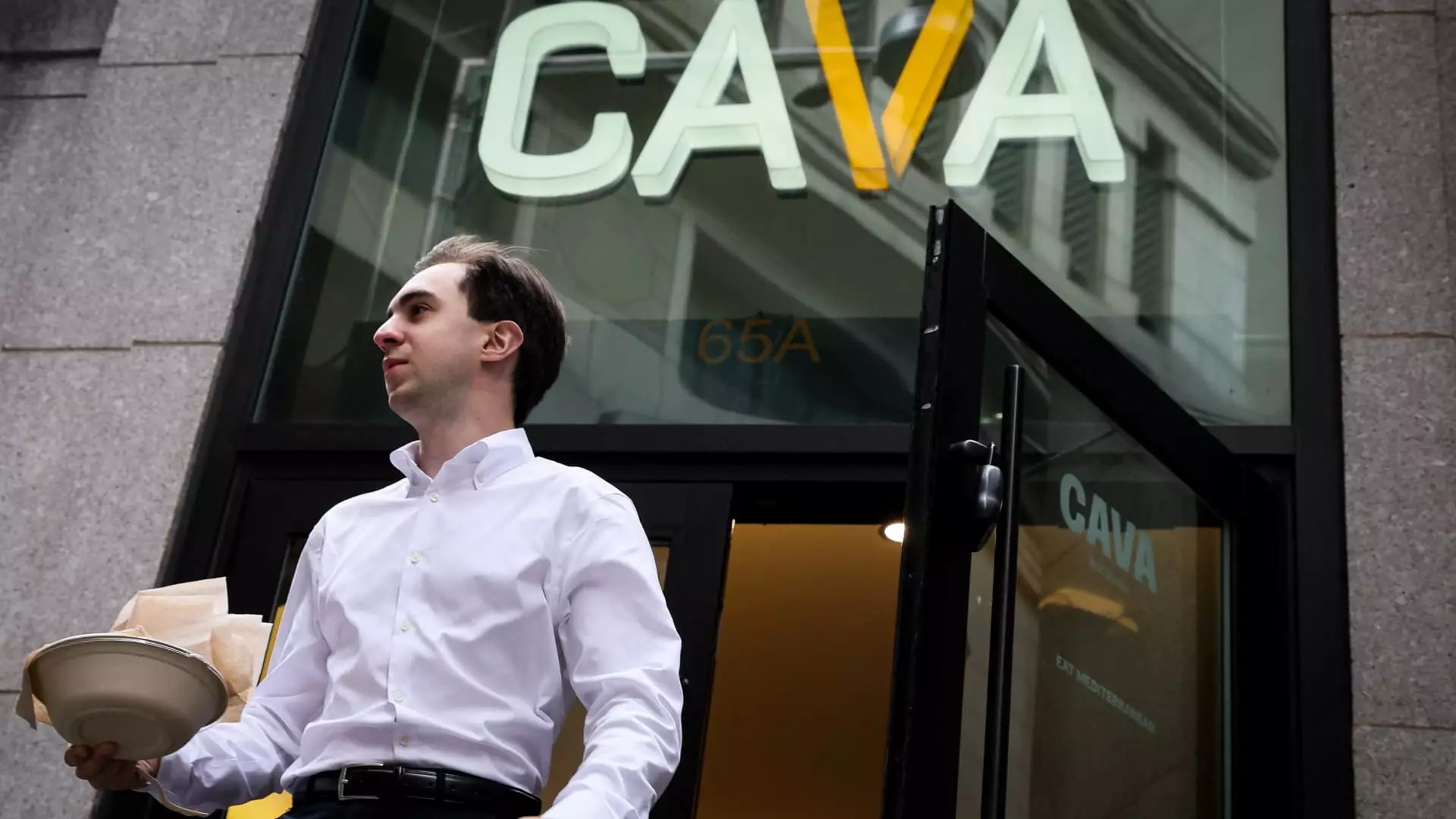The landscape of the restaurant industry is becoming an unforgiving battlefield, where economic uncertainty forces brands to rethink their strategies for customer retention. As inflationary pressures squeeze household budgets, consumers are increasingly cautious with their discretionary spending. This shift has ignited a fierce competition among fast-casual brands to capture and maintain loyalty through innovative rewards initiatives. Loyalty programs have evolved from optional perks to essential survival tools, serving as the frontline in the fight to sustain sales in a volatile market.
In an environment where foot traffic is declining—only one month out of the past year seeing increased visits—losing consumer attention can mean the difference between thriving and shuttering. Brands that ignore loyalty are risking irrelevance, as shoppers prioritize value and familiarity over novelty. The core challenge for restaurant operators is evident: how do you cultivate repeat business when customers are meticulously rationing every dollar? The answer, increasingly, is loyalty programs that go beyond simple discounts, aiming to forge emotional and habitual bonds with consumers.
The Power of Loyalty in a Shrinking Market
Recent data underscores the critical role loyalty plays amidst the decline in casual dining visits. Research indicates that members of rewards programs visit their preferred eateries 22% more often annually and do so at twice the frequency of nonmembers. For industry giants like Starbucks, the numbers tell a compelling story—over 34 million active rewards members contribute to more than half of US company-operated transactions. Similarly, Chipotle’s loyalty program accounts for roughly 30% of its daily sales, a substantial figure that highlights how indispensable these initiatives have become.
Yet, these victories come with their own risks. When consumer spending cools, even the most successful brands face the challenge of balancing promotional generosity with profitability. Promotions that lock in customer loyalty and stimulate frequent visits often cut into margins, especially under tight industry-wide profit constraints. Despite this, brands continue to prioritize loyalty because the alternative—loss of customer attention and reduced sales—is even more damaging.
Reimagining Rewards: From Discounts to Delight
Major chains are shifting their approach, recognizing that loyalty programs must be compelling, engaging, and adaptable to current consumer sentiment. Cava, for instance, revamped its program to offer more flexibility in earning and spending points, integrating fun elements like limited-time offers and in-app challenges to keep things fresh. Such innovations aim to provide a sense of delight and surprise, essential ingredients to sustain ongoing engagement.
Similarly, Chipotle’s “Summer of Extras” campaign exemplifies how brands are trying to create excitement around their loyalty initiatives. Offering over a million dollars in free food to encourage visits, the campaign leverages gamification and social buzz to deepen customer bonds. Meanwhile, Potbelly’s coin-based system and Portillo’s badge-tracking approach streamline engagement by making rewards feel attainable and immediate, which encourages more frequent visits.
The broader industry trend is clear: loyalty programs are no longer just about earning points but about delivering experiences that resonate emotionally. Sweetgreen’s recent move away from confusing tiered subscriptions to straightforward rewards reflects this understanding. By simplifying the process and focusing on clear, immediate benefits, brands hope to foster genuine loyalty—something only possible through consistent value and thoughtful engagement.
The Cost of Loyalty and the Long-Term Gamble
Of course, these initiatives are not without their costs. Loyalty rewards can reduce short-term profits, especially when incentivized giveaways and bonuses are amplified during tough economic times. Yet, the overarching gamble is that these investments in customer retention will pay off by cultivating long-term loyalty and increased lifetime value.
Brands are aware that loyalty equals vital resilience. Potbelly’s shift to a more flexible rewards system led to immediate engagement spikes, demonstrating that customers respond well to structures that respect their desire for convenience. Similarly, Portillo’s digital wallet approach emphasizes simplicity and personalization, rather than flashy gimmicks—an approach that appeals to consumers’ growing desire for meaningful and frictionless experiences.
Despite controversy—such as Starbucks’ decision to replace its reusable cup bonus with double stars—these calculated risks indicate a recognition that evolving loyalty strategies are necessary to stay relevant. The key lies in striking the right balance: offering enough value to incentivize visits without eroding profits, and doing so in ways that foster genuine emotional connections rather than fleeting gimmicks.
The Future Battlefield: Loyalty as a Core Strategic Asset
As the industry navigates a sea of economic headwinds, the strength of a brand’s loyalty program could determine its survival. For those that craft innovative, emotionally resonant, and flexible loyalty initiatives, the payoff is clear: a more stable customer base, increased spending, and a competitive edge. For others, neglecting this crucial aspect of consumer engagement risks being left behind in an increasingly crowded and frugal marketplace.
In this high-stakes game, fostering loyalty is akin to building an emotional fortress—one that sustains brands through economic downturns and shifting consumer behaviors. Success hinges on understanding that modern loyalty is less about discounts and more about delivering consistent, personalized value, and even moments of delight. The brands that figure out how to make customers feel appreciated, engaged, and connected will be the ones that endure, while those that fail risk becoming obsolete in an age where consumer devotion is a precious, fiercely contested resource.

